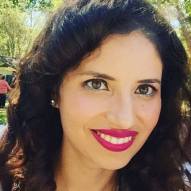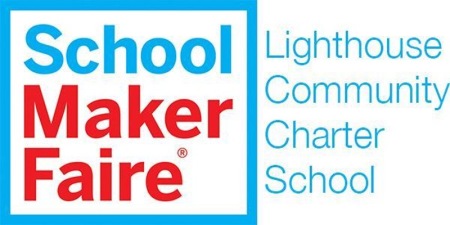Creativity is inspired by many elements. In our Wonder Workshop, we hope people’s inspiration comes from the supplies in our space or from our Maker challenges. We try to foster a creative environment and activate all the senses. One of these senses is sound and what better way to activate this sense than by playing music.
Here is the Wonder Workshop’s Perseverance Playlist. It’s filled with songs that encourage children and adults alike to continue on and not give up on their endeavors or, in our case, their projects. Like one student in our Makerspace said, “If Thomas Edison gave up after his first light bulb, we wouldn’t have this light in this [Maker]space to create this.”
If you’re feeling in need of some inspiration, give these songs a listen.
“The Power of Yet” Janelle Monae
Believe in yourself, work hard, stay focused, and one day you’ll get to where you want to be. That’s the power of yet.
“Try Everything” Shakira
From the movie Zootopia, Shakira brings the Latin pop beat to this song about trying even though your chances of failing might be high. “Try Everything” teaches our students that you have to try, try and try again to learn and expand your knowledge.
“Fight Song” Rachel Platten
A child might get discouraged from peers or get down on themselves because they might compare themselves to others but Rachel Platten tackles this problem with her anthem to keep fighting. You have to fight back and prove that you can achieve.
“The Greatest” Sia
The song and music video empowers the child who has creativity and strength. The value of stamina is highlighted and reminds us that is the way to become the greatest. It reminds us to keep going even when times are hard.
“Get Back Up Again” from The Trolls movie
Even though the idea of failure can be scary, this song reminds us that when we get knocked down, we’ve go to get back up again. That’s a big lesson children learn when working on projects-not everything goes according to plan, but you have to keep on trying and you just might surprise yourself with what you can accomplish.
“I Am Changing” Whitney Huston
This song reminds us that it’s ok to ask for help from our friends. It’s ok to start over and change what you’re doing for the better.
About the Author



 Lighthouse Maker Faire takes place April 21, 2017, from 10 am -2 pm. Join us for Wonder Workshop’s first official Maker Faire.
Lighthouse Maker Faire takes place April 21, 2017, from 10 am -2 pm. Join us for Wonder Workshop’s first official Maker Faire.






